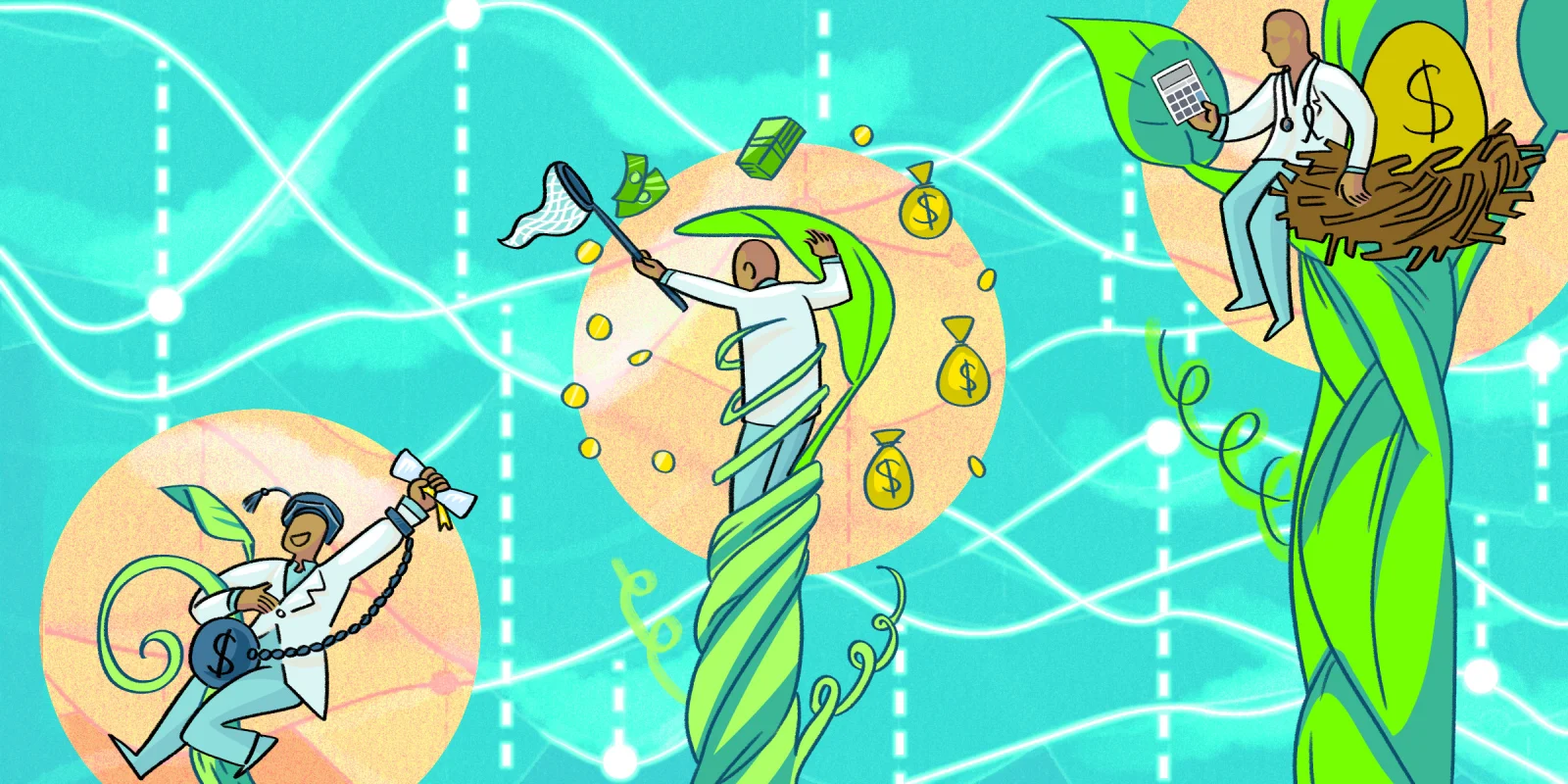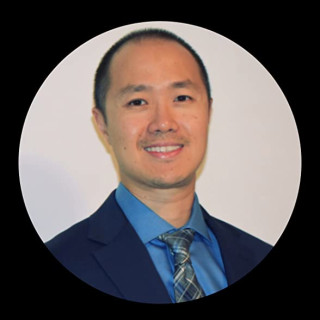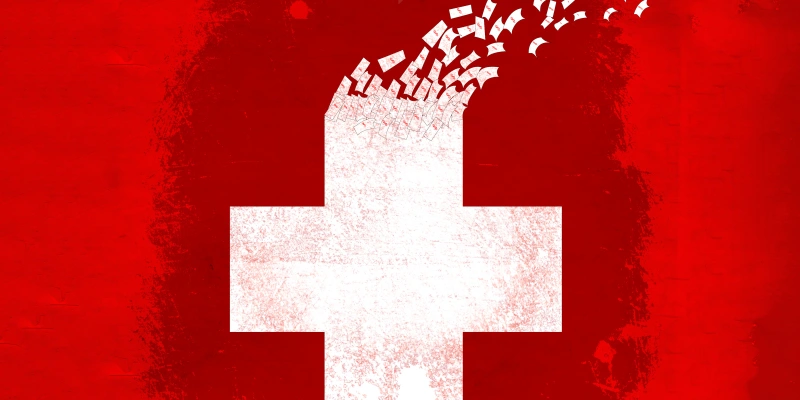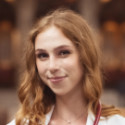Prior to 2000, a practicing physician was almost guaranteed a prosperous economic livelihood.
The guaranteed future meant that a physician could take on financial risks, such as using loans to finance their education and purchase a house during residency, and start building a family.
But the medical profession is now losing a large portion of its workforce due to burnout, lack of career fulfillment, and career exodus from physicians as soon as five years out of training. According to an AAMC report released June 2021, the U.S. is predicted to have a massive shortage of physicians, estimated to be between 37,800 and 124,000 physicians by 2034. Physician staffing shortages are at times being replaced with NPs and PAs.
The ongoing COVID-19 pandemic has not helped with this trend. As we have witnessed firsthand, a crisis can easily overwhelm hospitals. At the peak of the pandemic, hospitals were in dire need of physicians on the front line. However, in the midst of all of this, hospitals demanded that staff risk their lives, while also having to lay off or furlough thousands of employees, being unable to provide adequate PPE, and occasionally punishing those that spoke up. Even worse, hospitals recorded record profits in 2020 from the federal stimulus programs. This resembles a parasitic relationship.
Physicians dedicated years to developing the clinical judgment and skill needed to provide competent clinical care. They are required to undergo over a decade of schooling and training, take on excessive student loan debt, work backbreaking hours for low pay during residency, and risk their lives during the process. Yet when they have completed their training, they often have to pay excessive malpractice premiums, and have to answer to bureaucrats, administrators, insurance companies, politicians, and lawyers. Many times, they get the short end of the stick and are viewed as completely expendable by the system. Their incomes are tied to a job, boss, corporate, and regulatory entities that do not have their best interests in mind. More frequently, these entities are failing the physician workforce.
Look at what happened with COVID-19 and ask yourself, “What if that source of income was eliminated by no fault of my own?”
In order to address these disturbing trends in our profession, what is needed is a paradigm shift, a breaking out of the traditional modes of linear thinking that our profession is so accustomed to following. Therefore, I offer the following three-step, solutions-oriented approach to protect and prepare future generations of physicians.
First, develop financial literacy early. I started educating myself about finances, investments, and the meaning of financial freedom in 2001. This knowledge helped me to see where our profession was headed, and to start preparing for changes. It paid off handsomely after 2008 and in 2020. It also helped me to view financial freedom from a different lens, as opposed to the conventional view. That first year, I was inspired to research different types of investment vehicles and to formulate a specific, strategic, and personal plan for me to achieve my financial goals. Einstein stated that the eighth wonder of the world is compounding interest. Never underestimate the importance of time. Time is our greatest asset. The earlier we start educating ourselves about finances, the more we start saving and investing, and the better off we’ll be when we look at our financial future, because that money is able to grow over time. We will be able to practice medicine on our own terms, as opposed to being at the whim of hospital-based decisions that we have no control over.
Second, create multiple streams of income. Two finance and personal development books that I was fortunate to come across early on in my medical career that helped solidify my financial future were “Rich Dad, Poor Dad” and “Multiple Streams of Income” These two books reframed my mindset from an employee to that of entrepreneur-investor. The way our world is moving, we will no longer be able to depend on a single job, and will likely have to create our own sources of income. The more robust, healthy, and strong our multiple income streams are, the more options, freedom, and time we will have and the more our quality of life will benefit. Think of multiple streams of income as insurance against “black swan” events such as in 2001, 2008, and 2020.
Third, shift toward a more entrepreneurial mindset. The two industries that have the greatest opportunity in the future are health care and education. We need more entrepreneurs, influencers, and thought leaders in the field. A fresh set of eyes and ideas are what changed industries tied to e-commerce, smartphones, social media, and the cloud, and created billionaires. The health care industry severely needs a massive upgrade in its culture, systems, processes, quality, products, and services. In order to accomplish this moonshot, physician entrepreneurship is key to innovating and disrupting the current space and status quo.
In conclusion, our health care system is in crisis. Now more than ever, it’s imperative that physicians step up, change their mindset, and start taking action to secure their professional and financial future. It’s not just about having a single high-income wage. Today’s physicians must be able to use asset and income diversification to mitigate economic risks. This is the only way to guarantee protection against future existential financial calamities. Physicians must make plans to create their own “job stability.” In the time of COVID-19, diversifying into income streams in order to achieve financial freedom and independence is more important now than ever for physicians.
Do you believe your job is stable? What steps have you taken to secure financial stability? Share your thoughts in the comment section.
Christopher H. Loo, MD-PhD, is a physician who became financially free at the age of 29 and retired early at the age of 38. He is a graduate of the MD-PhD program, offered jointly through the Baylor College of Medicine and Department of Bioengineering at Rice University, and an author and speaker. He can be followed on Twitter @drchrisloomdphd, Instagram @thereal_drchrisloo, and LinkedIn.
Illustration by April Brust







